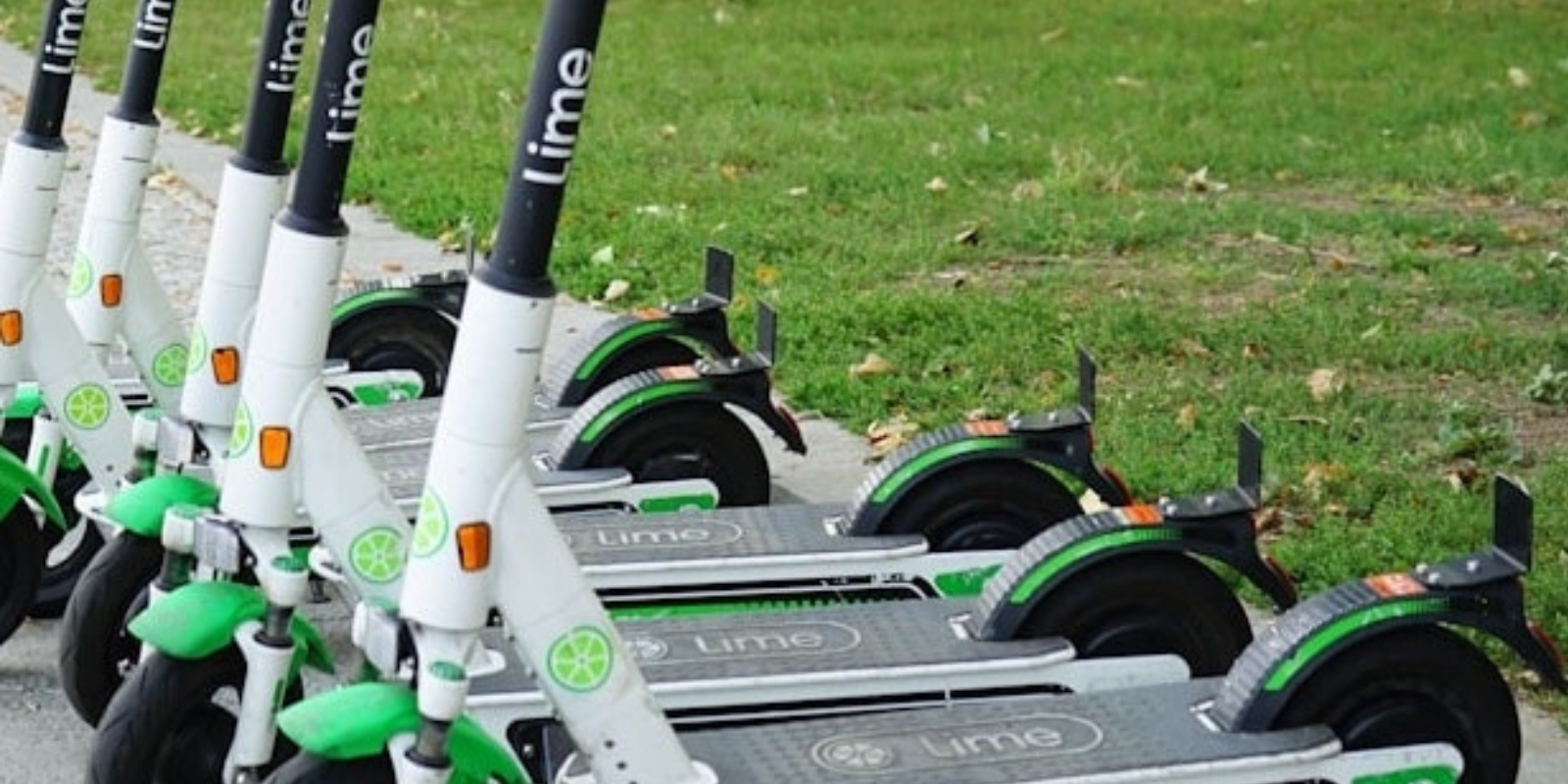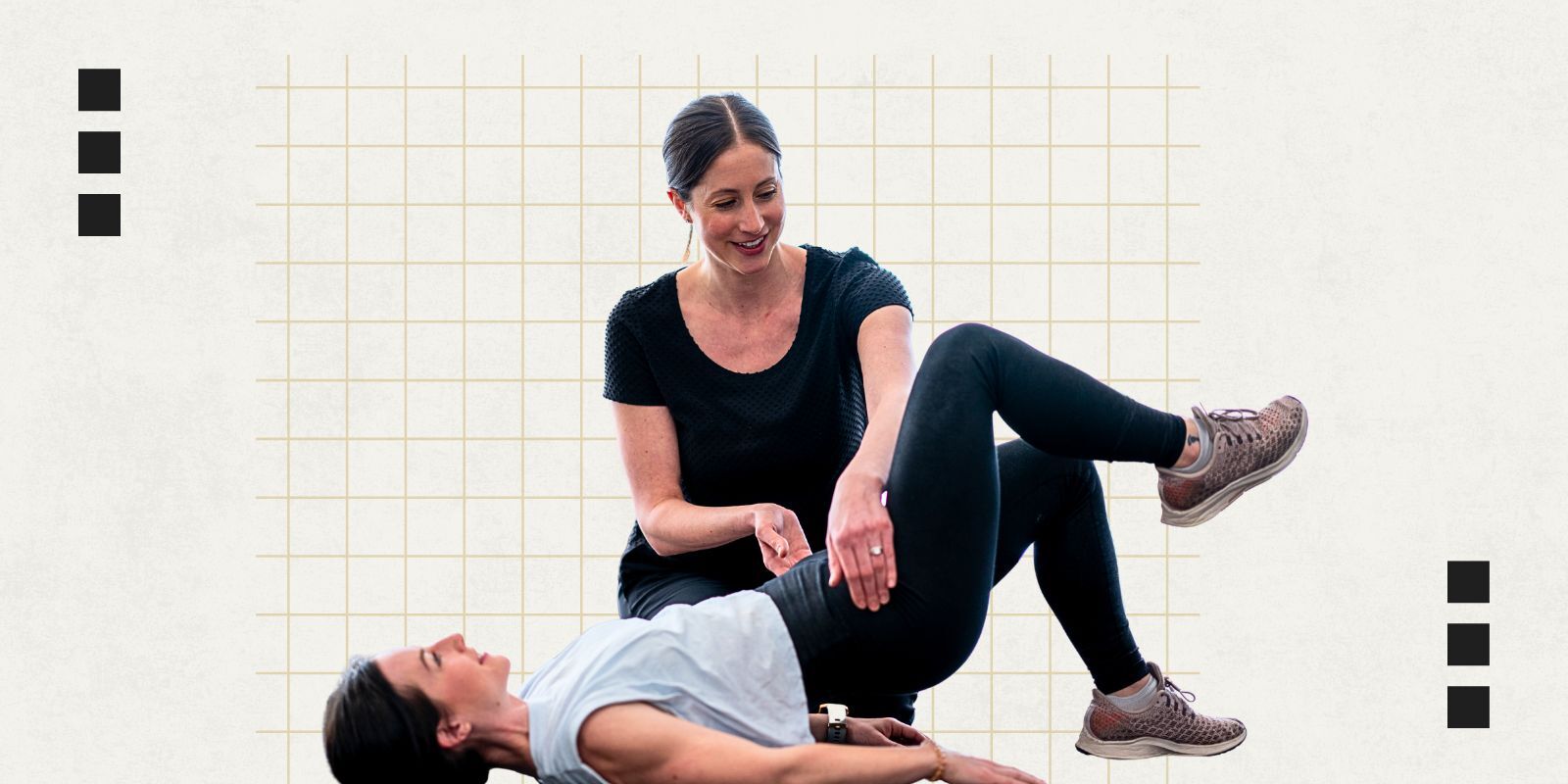Want to avoid an injury from riding an electric scooter? Riders need to think twice about riding at night and jumping on after having a drink.
Those are two of the takeaways from a new research study on electric scooter injuries conducted by University of Colorado School of Medicine student Riley Kahan and Alexander Lauder, MD, associate professor of orthopedics. Published in August in the journal Clinical Orthopaedics and Related Research, the study finds that in Denver, e-scooter injuries have become more frequent and more costly — in terms of medical expenses — over the past five years.
“We looked at how many e-scooter-related injuries happened and categorized the prevalence of injuries and how many of those were orthopedic,” Lauder says. “We also looked the charges associated with treating those injuries. We looked at hospital data to see if there are certain times of day associated with more expensive care, if certain injuries are more expensive to treat, or if patients who are intoxicated get more severely injured.”
The study found that a total of 2,424 patients were identified with e-scooter injuries between January 1, 2020, and November 1, 2023. Thirty percent of all injuries were orthopedic. Twelve percent of all patients required hospital admission, and 16% percent of patients with orthopedic injuries required hospital admission. The median hospital charge per patient treated was $7,075 for all patients, $8,077 for those with orthopedic injuries. Costs were higher for patients who were treated at night.
Timely update
Lauder published his first research on e-scooter injuries in the Journal of the American Academy of Orthopaedic Surgeons in 2022; the new study updates that information with the latest data and more specifics on timing and costs.
“It seems like these injuries are more and more prevalent, and that was the impetus for the current study,” Lauder says. “Riley had the nice idea of trying to figure out when they are most common, and if there are any preventative measures we can take to decrease the number of injuries.”

Medical student Riley Kahan contributed to the research on electric scooter injuries.
Not surprisingly for a cheap mode of transportation often rented at nighttime in areas packed with restaurants and bars, Lauder and Kahan found many e-scooter injuries happen at nights and weekends, and when their riders are intoxicated.
“When people operate e-scooters while intoxicated, they likely become disinhibited and willing to take more risks, which may be the cause of more frequent and severe injuries,” Kahan says. “The higher number of nighttime injuries could be associated with collisions with other vehicles on the road. Even if the rider is sober, aware, and paying attention, people operating larger vehicles might not be looking out for e-scooters speeding down the sides of the road.”
Injuries from e-scooter accidents can include head injuries, facial fractures, spine fractures, and damage to the humerus, forearm, radius, hand, tibia, and femur, Lauder says. The newly published research also found that more men than women are likely to be involved in e-scooter accidents, as are those in the 25–37 age range.
Limitation suggestions
Along with their findings, Kahan and Lauder suggest reforms to help reduce e-scooter injuries — chiefly, limiting use on night and weekends.
“Anecdotally, the findings we highlight are relatively obvious — these injuries occur more frequently at night and on the weekends,” Kahan says. “What’s interesting about this study is that we highlight an opportunity for rule implementation that would limit a very small percentage of the time people ride e-scooters to have a disproportionately large reduction on the hospital costs associated with the injuries. For example, if we were to limit e-scooter riding from 7 p.m. to 3 a.m. on Friday nights, we would likely save an outsized portion of health care dollars.”
Lauder adds that if the devices were inactivated at night, the number of people presenting to emergency rooms with e-scooter injuries would decrease by 45%.
“If you can cut out nearly half the injuries — and the most expensive injuries — just by limiting when people can ride these things, I think that's pretty impactful,” he says.
Further research planned
Lauder says the retrospective, observational nature of the recently published research makes it difficult to draw certain conclusions. For future research on e-scooter injuries, he plans to look at factors including the geographic locations in which the injuries happened, the specific time of the injury (vs. when the patient came in for care), how much time patients had to take off work to recover, and if any disability resulted from their accident.
While he has seen too many people injured riding e-scooters, Lauder says they still may have their place in a city like Denver, which is trying to decrease its reliance on automobile traffic.
“I'm torn, because on one hand, it's nice to have inexpensive, energy-efficient transit for people who want to get around on public transportation, but if you do get injured on them, it can be painful and costly,” he says. “We're seeing more and more of it every day.”




